In the Soviet Union, the word art market did not sound as often as it does today. Although it can be noted that the mechanisms of this so new phenomenon were still present at that time. This is a system of state orders and public procurement for ideological propaganda com. parties: portraits of the leaders of the Politburo, propaganda posters, interior decoration of clubs of advanced state farms and collective farms, monumental orders in the urban environment, mosaics, stained glass windows and wall paintings in combination with the architectural environment of the Soviet era.
For Almaty, all significant objects appeared at that time: Medeo, hotel Kazakhstan, Academy of Sciences, circus, theaters, sports Palace and more. The market was regulated on the basis of approved state prices, where all types of artwork and the cost were indicated according to the footage and material. Artists of that time fought for participation in the state order, for obtaining a title and status, which undoubtedly gave them the opportunity to earn well and have some benefits for real estate and in the social sphere. The only negative was the fact that artists working for the conjuncture of the ruling party were in a more advantageous position than artists with independent creative search. This applies to the artists of the Sixties who are popular in Kazakhstan today. Many well-known creative personalities could not sell their works at that time, since their work was radically different from the approved direction in the art of the Soviet Union.
We can say that the work of creative dachas and creative houses, recreation centers was well organized, all of them were located in resort places: in the Moscow region, on Issyk-Kul, on the Black and Baltic Seas. Artists annually went on creative business trips, exchanged experience, knowledge, the integration of art with the participation of artists of Kazakhstan and masters from fifteen Soviet republics had its own significance and status. Exhibitions in the exhibition halls of Moscow were considered the limit of what was possible, and foreign ones were even more so.
What has changed in these twenty years?
Let's look at the current situation in Kazakh art from all sides.
As it has been at all times, and in our art there is a conjuncture and there is creativity. Unfortunately, there is a big problem with the second one, all over the world – there is a certain crisis of ideas. We see less and less creative, interesting, delightful creativity and more and more art for the needs of the day. The so-called consumer commercial art has captured not only ordinary people and collectors, but also artists themselves, even very famous ones. It is easier to produce conjunctural works that will be sold in the near future than to be exposed to experiences, stresses, impressions and solve problems by splashing out emotions on the canvas.
Now fine art is more an element of fashionable design, a well–placed color spot in a modern, rich interior. Of course, this does not apply to all artists, there are masters whose creativity does not depend on time, money and the situation. In the modern world, working on two easels is no longer considered shameful and there is an excuse for all this. The conjuncture has always existed and this choice should be made by the artist himself. But there is an indisputable fact that the true "Cry of the artist's soul" is always more interesting, always more expensive and in demand in terms of sales.

Traditional fine art is a favorite of today. It is developing rapidly in Kazakhstan. Paintings are the most popular, and now is not the best time for sculptors and applied artists, since the cost of the material is already high enough.
Another important question of the modern art market is how to position yourself. It is not at all clear where modern prices for works come from, although there is an official art rating on the basis of which price conclusions can be made. But everything is contractual and spontaneous, based on the current situation. The price range of modern artists sometimes exceeds the value of antique masters and even world brands, which can be purchased for the same money at any prestigious auction, and with the appropriate certificates and expertise. All these are traces of monopolization of the market.
The world economy has lost its position, and the attitude towards the art market has changed. Art is no longer bought spontaneously, but carefully weighed all the PROS and CONS. For many years now, the financial world has not been able to recover from a series of bankruptcies and stock market crashes. The market of alternative investments – fine art, design, precious stones and wine, on the contrary, once again demonstrates its ability to survive in the most difficult conditions. As soon as art was considered an alternative to securities, it became necessary to describe the art market in the language of financiers and bankers.
Investments in art promise great profits, but also involve a huge risk on the part of the investor. Investing in art is "long" money, not a momentary profit. The crisis forced sellers and buyers to change their reference points.

Now let's talk about creativity.
As it was in our recent history, and today there are court artists, free creators, artisans, famously earning on the 150th copy, radical auctioneers and many others. The "courtiers" have a problem with pricing, the "free" with orders, the rest with customers and viewers. It seems that we are intensively saturating the domestic market with works with the Kazakh epic and national landscapes, and the number of artists passionate about this topic is growing every day, but whether these paintings will be in demand in the future, what their competitive ability in other markets is no one thinks. Everyone lives for today. Demand creates supply. In any case, it is noticeable that there is a problem with the concept of creativity, there is no interesting topic reflecting the changes of today in our country, its development, its achievements. It is good that we consider historical events, culture and everyday life, and preserve the heritage of our ancestors. But we need to move forward and study modern life, highlight the main thing – the positive.
All these changes depend on working with new young artists, they are more advanced in terms of information, they think creatively. If we add to this a good professional training in the types and techniques of fine art, then the result should manifest itself. We need to develop new techniques, such as photography, collage, graffiti, computer design, pop art - this makes it possible to speak with artists from different countries in the same language, which contemporary art artists are trying to do. And the most talented should be identified on the doorsteps of art schools and colleges, and then continue to support on the creative path. Even if the percentage of genius is one in a hundred. Unfortunately, in the university corridors they cannot understand that a lot of artists have long ago overflowed the balance with art critics, gallery owners, art managers and other management specialties. Our art urgently needs qualified managers, and the sooner these new professions begin to be studied, the better for all our art. Although, of course, it is difficult to compete with lawyers, economists and other prestigious professions. In general, this is an open unsolved problem.
The image of Asian art that foreign curators are trying to impose on us is also incomprehensible. Wild, unbridled, aggressive Asia looks at us from most of the works of contemporary art and, oddly enough, it is immediately noticeable where the wind blows from. The bad thing is that the content of this direction does not always have a positive effect on our viewer, and unfortunately, I cannot give vivid examples of collecting and public presentations of contemporary art collections in Kazakhstan. Many artists and gallery owners think that this direction is the "ticket" to the foreign art market. But both are not sincere. The chosen negative position should be changed to a positive one, more tolerance, democracy, humanity should be added, this should attract society, potential viewers and collectors.
What needs to be done to make our market come alive and work like a Swiss watch?
The mechanisms of the art market have been invented for a long time and it is necessary to carry them out or ignore them, but in the second case it is useless to wait for any results. Let the whole society try to improve and modernize the law on culture. It is necessary to give patrons and sponsors the opportunity to be more active in culture, combine art and business, support each other on a long-term basis by organizing festivals, contests, actions that stimulate artists to creativity. The role of moderator of state orders would be quite suitable for the Union of Artists. It has professional craftsmen who are ready to fulfill the order received with high quality and are responsible for their work. The Union of Artists itself is a legal entity ready to offer the author – protection of his rights, preparation of documentation, use of a bank account, supply of materials and creation of conditions for creativity.
To date , in the system of our state. but there is a considerable gap – fine art does not require a standard approach. "Cheap does not happen to be of high quality" – this is unequivocal. Accordingly, the level of performers is very low and not professional. The system itself in the case of art needs to be reformed and changed, quality should come to the fore, not cost. Through the release of printing products, it is possible to strengthen the cultural and educational policy for our youth. Everyone remembers the illustrations of paintings by great Russian artists at the end of the textbook, unfortunately, this is not seen in new Kazakh publications. Museums and galleries should launch the production of posters and reproductions for various social facilities, kindergartens, sanatoriums, hospitals, schools, the tourism sector, as well as produce gift, collectible and album editions.
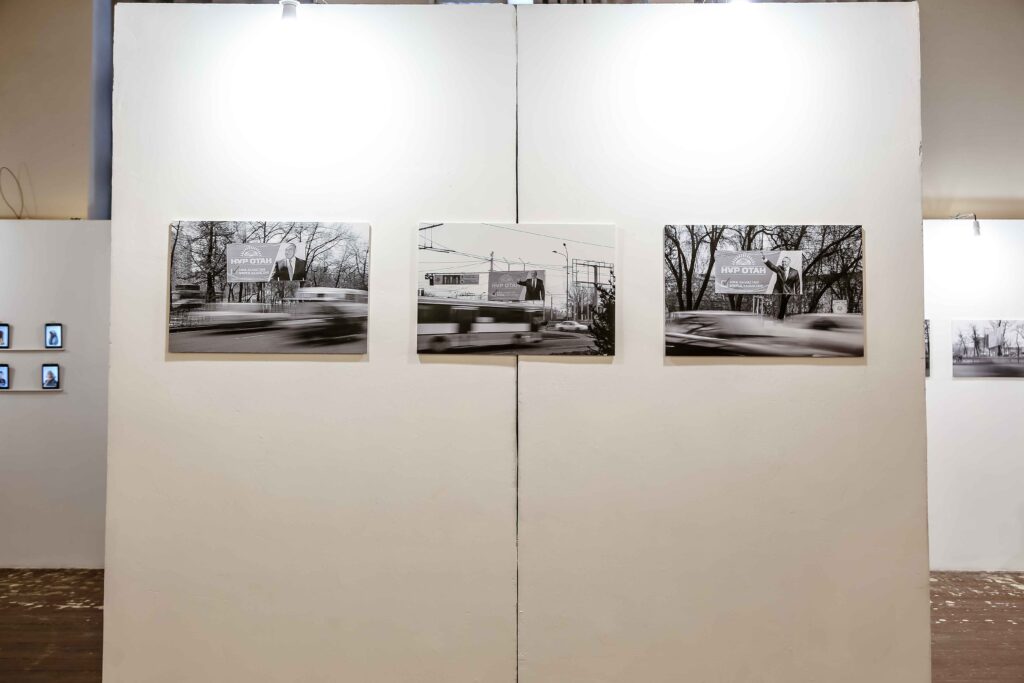
It is necessary to position Kazakhstan's fine art by any positive means, including abroad. When forming international exhibitions, it is necessary to take into account the creativity of young performers, the diversity of art in Kazakhstan and their achievements. Combine traditional and contemporary art. We need to make our art more known in foreign markets, it will take a lot of time, effort and labor. The worldwide display of exhibition projects of our unique museum and private collections will change the situation. The creation of the Asian Section on the prestigious world auction sites will give a powerful breakthrough to both our art and Kazakhstani artists themselves. And it will be wonderful if the auction will be held not only abroad, but also in our country.
It is important to look at the market in the long term, that is, at least ten years ahead. Short-term investments are unlikely to pay dividends now. In the art market, the most successful investor today will be the one who thinks and behaves like a collector. Those who acquire art only for speculative reasons will encounter many obstacles on their way and will not find like-minded people. As for the very near future, the most correct thing would be to wait until the dust settles a little, and then evaluate which names and trends turned out to be the most viable.
Author: Yuri Markovich, founder and head of the Ular Gallery
Editing by Rus Biketov
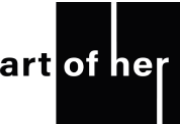
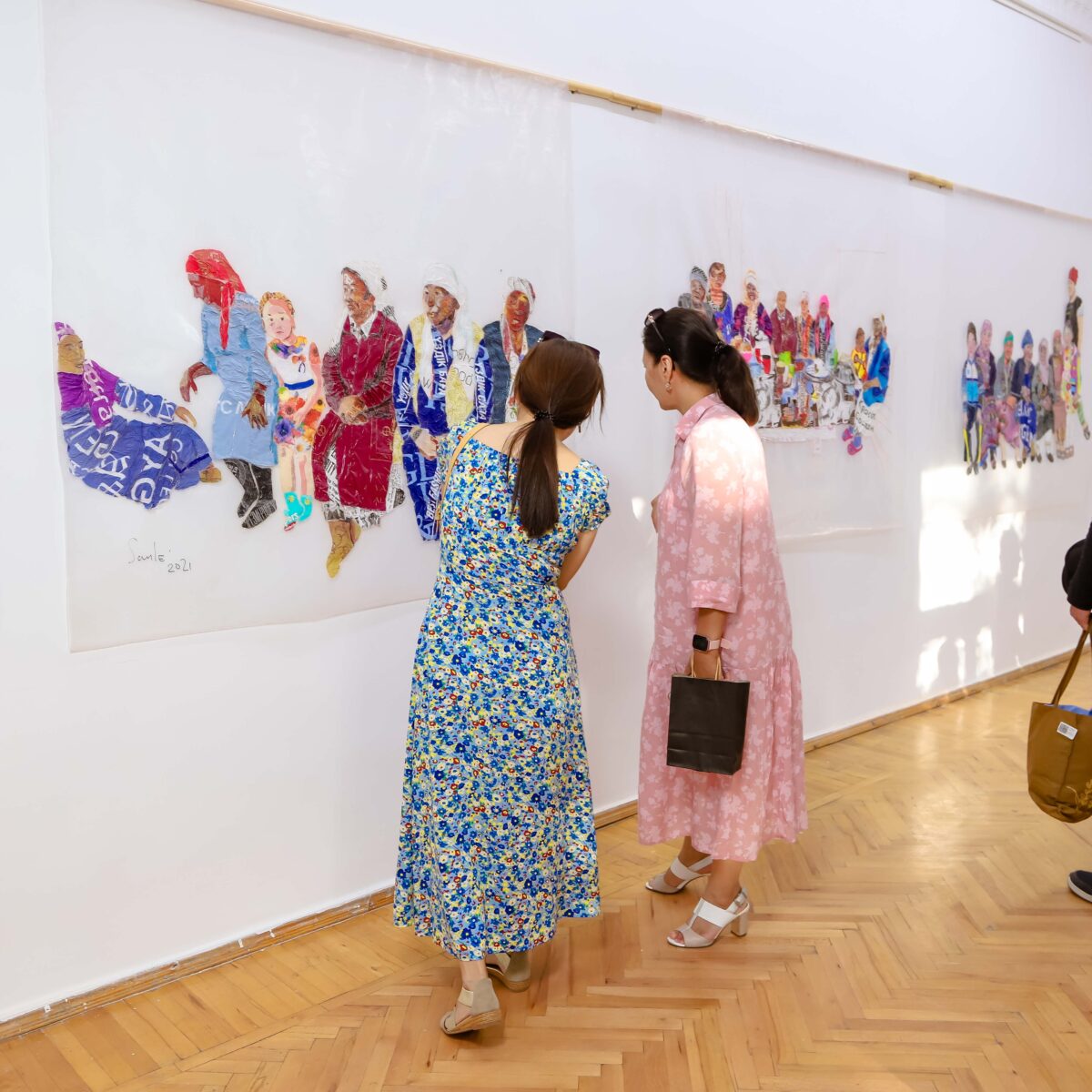
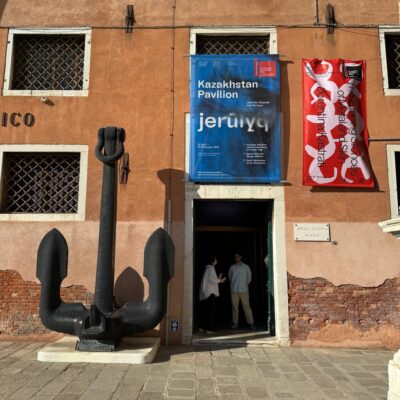
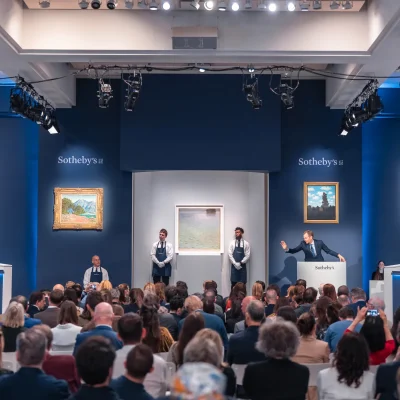


Dinner dish: group exhibition "Dinner" in Almaty
The Voice of Time by Kamil Mullashev: a new solo exhibition of the artist